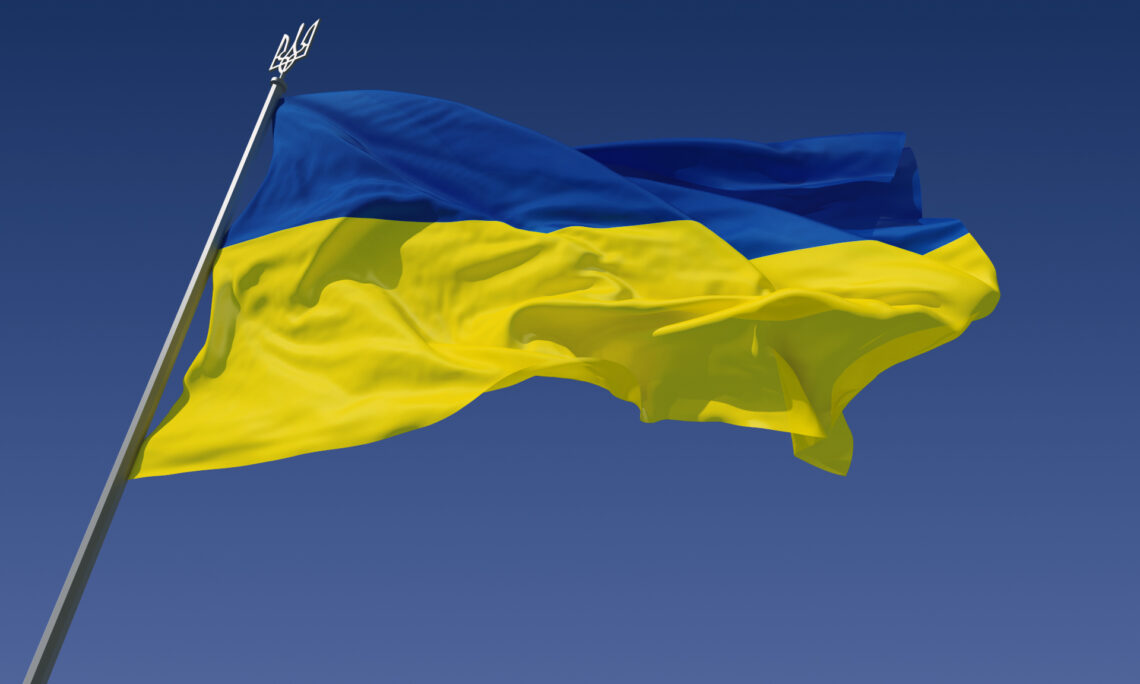
ZNPP has four high voltage (750 kV) offsite power lines plus one on standby. Two were damaged earlier (Zaporozhye and South-Donbass) and are still not connected. On 4 March, Russian forces had taken control of ZNPP, which has six reactors. However, ZNPP staff have continued to operate the plant. The State Nuclear Regulatory Inspectorate of Ukraine (SNRIU) said it was not clear what had caused this loss of a third line, but the remaining power line and the one on standby were sufficient to ensure that all safety systems remained fully functional without limitations. Like other NPPs in Ukraine and elsewhere, the plant also has back-up diesel generators in case they are needed.
The site’s two operating reactors – units 2 and 4 – slightly decreased their power supplies to the grid SNRIU said, to adapt to the changed power line situation. SNRIU said two units were under repair (1 and 6) and the rest were in the shutdown mode.
Independent regulatory oversight over nuclear and radiation safety directly at the ZNPP site is currently not carried out, but the SNRIU remains in constant contact with the ZNPP. According to information received from the ZNPP management:
Operational personnel continue monitoring the power units and ensuring their safe operation in accordance with the requirements of the operating procedures;
The rotation of both operational and day-time personnel is taking place;
The search for hazardous items that appeared on the site and at the adjacent territory as the result of the shelling continues;
No changes in the radiological situation at ZNPP or in the control area and observation area have been registered.
Representatives of Rosatom are still present at ZNPP site. Reliable information on the purpose and plans of Rosatom's civilians’ stay at ZNPP is currently missing. Plant operation is carried out exclusively by ZNPP personnel.
SNRIU noted: “We emphasise that Ukraine has not made any request for advisory, technical, or any other support from the Russian Federation." SNRIU said Russian military had detonated unexploded munitions left on the site following events on 4 March. The regulator had earlier told the IAEA about ongoing work to detect and dispose of unexploded munitions found at the damaged training centre and elsewhere at the site. However, regular operation of the automated radiation situation monitoring system for the control and observation areas were operating and no changes in the radiological situation had been registered.
Chernobyl
In its update on the Chernobyl NPP, IAEA said it remained connected to the national electricity grid two days after engineers succeeded in resuming regular power supplies. The site had lost all off-site power on 9 March and resorted to diesel fuel for back-up electricity. Ukrainian specialist teams have repaired one of the two damaged lines linking the plant to the network, allowing the resumption of external electricity deliveries on 14 March. The emergency diesel generators were switched off the same day.
Russian forces took control of the Chernobyl NPP on 24 February. Ukrainian staff had continued to manage day-to-day operations but the 211 technical personnel and guards had not been able to rotate for three weeks. SNRIU said there was no indication when the shift may be able to change. Grossi said: “I remain gravely concerned about the extremely difficult circumstances for the Ukrainian staff there.” Grossi has repeatedly expressed such concern, saying it was compromising one of seven indispensable nuclear safety pillars he outlined earlier this month, stating that “operating staff must be able to fulfil their safety and security duties and have the capacity to make decisions free of undue pressure”.
The challenging staffing situation, together with the now addressed power cuts at Chernobyl and communication issues in recent weeks, underscores the urgency of agreeing and implementing an IAEA initiative aimed at ensuring the safety and security of Ukraine’s nuclear facilities, Grossi emphasised.
As to the overall status of Ukraine’s four operational nuclear power plants, SNRIU said eight of the 15 reactors remained operating, including the two at ZNPP, three at the Rovno NPP, one at Khmelnitsky, and two at South Ukraine. The radiation levels at all NPPs were in the normal range, it said. In relation to safeguards, IAEA was still not receiving remote data transmission from its monitoring systems installed at Chernobyl NPP, but such data was being transferred to IAEA headquarters from the other NPPs.
IAEA said on 15 March that, in the north-eastern city of Kharkov, shelling in the area forced staff to temporarily leave a new nuclear research facility that has previously been hit, according to SNRIU, adding that they later returned and restored power supplies to safety systems. The facility is used for research and development and radioisotope production for medical and industrial applications. Because its nuclear material is subcritical and the inventory of radioactive material is very low, the IAEA assessed that the reported damage would not have had any radiological consequence.
SNRIU confirmed on 16 March that the facility had been transferred into a deep subcritical state (“long-term shutdown” mode since 24 February 2022); power supply to systems/components important to safety had been restored; the on-site radiation situation was within standard limits; and personnel continue implementing measures to eliminate the consequences of bombing and maintain the operability of the equipment. “At the same time, the restoration activities are complicated by hostilities and the danger of new bombings,” SNRIU said. “Please note the NSI “Neutron Source”, as well as any other nuclear installation, is not designed for use in conditions of combat operations. Continuation of bombing can lead to severe radiation consequences and contamination of the surrounding territories.”